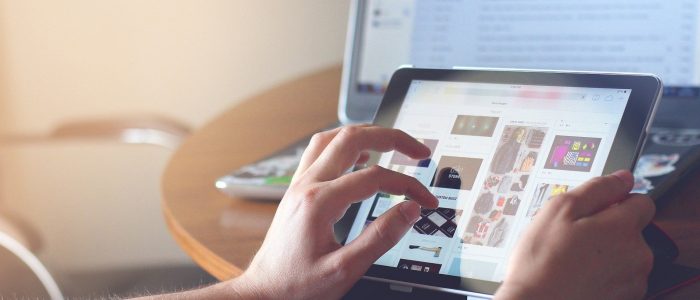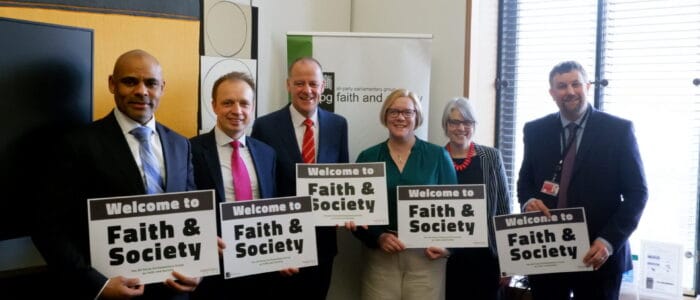COVID-19 and the UK’s digital divide

Since the COVID-19 pandemic began almost a year ago, it has brought into sharp focus how inequality shapes our lived experience, with many facing unique hurdles and excessive difficulties throughout the public health crisis. From the disproportionate suffering of BAME (Black, Asian and Minority Ethnic) people to rising levels of poverty, COVID-19 has exposed just how prevalent health and social inequalities are in the UK.
Digital exclusion is a prominent example of the various forms of inequality currently plaguing our society. In 2019, the then-leader of the Labour party, Jeremy Corbyn, proposed a policy that would whip the mainstream media into a frenzy. He revealed Labour’s plans to nationalise broadband by 2030, ensuring that everyone across the nation—regardless of socioeconomic status—would have access to the internet at home. This was largely ridiculed as a pipe dream; an “unrealistic” policy which would never come to fruition.
Yet, just months later, the coronavirus pandemic would reinforce the need for all to have internet access, emphasising how the internet—once considered a luxury—has become a necessity for all attempting to navigate modern life. From creating a CV and submitting job applications to applying for public funds, internet access and the ability to navigate digital devices have become essential. In recent years, even healthcare services have become increasingly digitised, with GP consultations, medical appointment bookings and prescription requests all being accessible online. Despite the obvious benefits, regrettably, this has also deepened health disparities.
One report by The Lancet looks at how digital exclusion from healthcare technologies fuels health inequalities. It notes that many organisations, including government departments, implement policies which almost assume that internet access is universal. Perhaps most crucially, it finds that there is “a massive overlap between digital exclusion and social exclusion, and then social exclusion and poverty, and poverty and health inequalities.”
The role of social exclusion in the digital divide
Social exclusion typically refers to marginalised people who are at a social disadvantage due to their identity—often as a result of poverty or belonging to a minority group. The correlation between digital and social exclusion must not be understated. A Cambridge University report found that the likelihood of having access to the internet from home increases along with income. As a result, only 51% of households earning between £6000-10,000 have home internet access compared with 99% of households with an income of over £40,001.
With schools being closed during national lockdowns in the UK, a spotlight was once more placed upon the sharp divide between rich and poor. Cambridge University’s research found that learning from home meant disadvantaged children are likely to fall even further behind. A significant reason for this is that those from low-income families are having to decide between paying for food and paying for Wi-Fi, with the former inevitably taking priority.
Faith and digital exclusion
Religious communities have similarly been hit by the digital divide. With many places of worship taking the decision to gather online only, those who do not have the skills to navigate digital devices or who do not have access to the internet from home may feel detached from the rest of their faith community.
This is particularly an issue for older people in the UK, who tend to be more religious, but among whom digital exclusion is most prevalent. For example, a 2020 report by AgeUK found that there are 3.4 million people aged 65+ who have never used the internet. For religious communities such as Christianity—which the 2011 UK census found has a rapidly aging population—this has posed significant challenges. [See today’s other blog from Daniel on why you should complete the census!]
While some reports show that people are finding and exploring their faith throughout the pandemic—particularly through interacting with online Facebook groups and streamed religious services—others are feeling a notable absence due to their digital exclusion.
How do we tackle the digital divide?
More must be done to combat digital exclusion. A report by the Cumberland Lodge highlighted key ways in which the UK government could tackle digital inequality, emphasising that tackling poverty and providing communities with the skills and knowledge to navigate digital devices must be a priority. Researchers suggested that people on housing/council tax benefit should be receiving free Wi-Fi and that there should be nationwide access to stable, high quality data and broadband.
This pandemic has served to highlight a number of uncomfortable truths, including the prevalence of the digital divide. This crisis must be treated with the urgency it demands.
Holly Barrow is a content writer for the Immigration Advice Service, an organisation of UK immigration lawyers providing legal advice on UK visas, citizenship, asylum and more.


